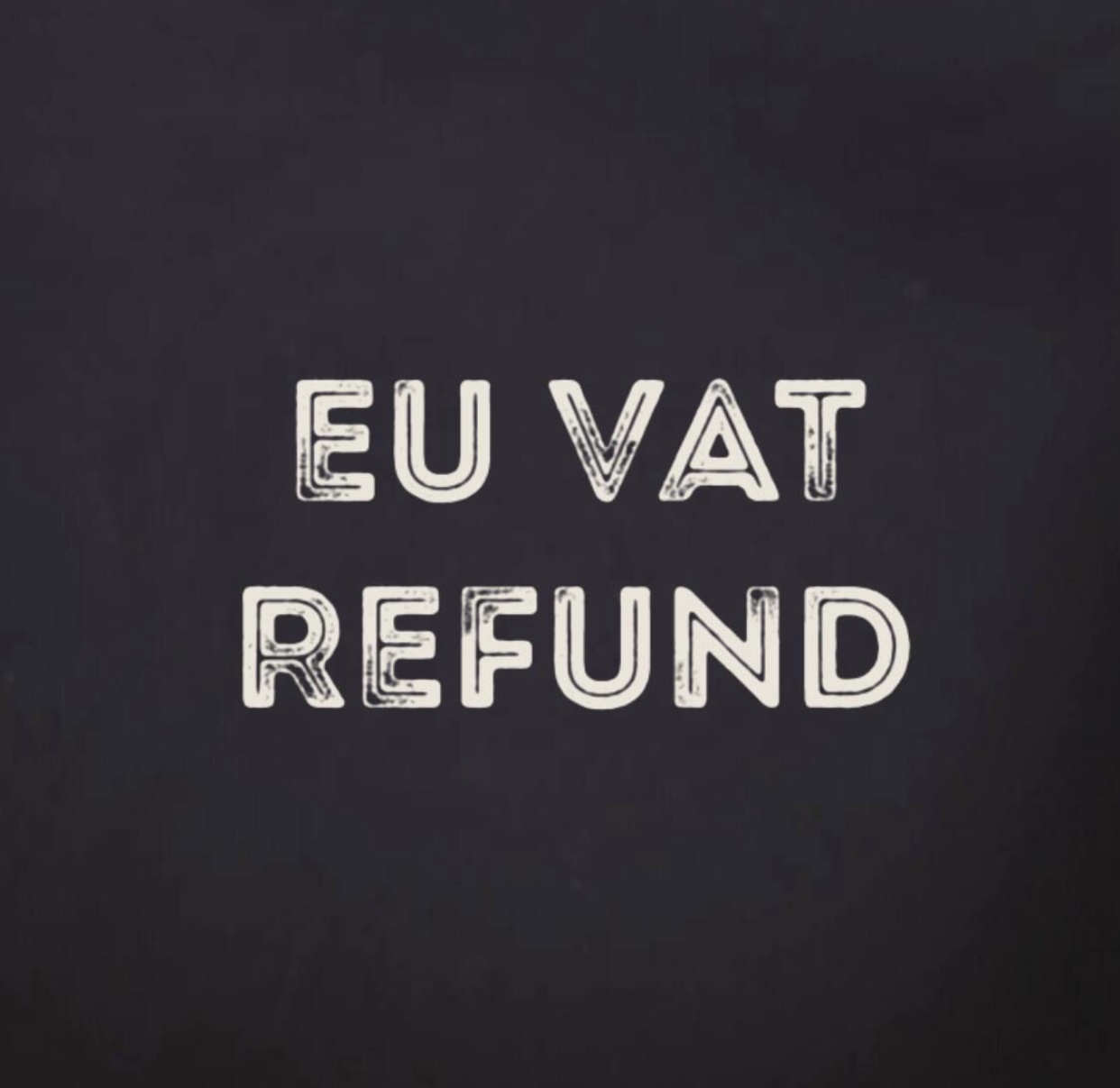If a company pays VAT abroad, these amounts are usually recoverable. However, the tax authorities will reject your VAT refund if you do not follow the correct procedure to claim the VAT back.
How to claim a VAT refund?
There are two procedures to reclaim this VAT: via your VAT return or via Refund Claim. The two procedures are mutually exclusive, so you need to make sure you are using the correct application.
Businesses usually have to reimburse VAT through a VAT return if they are registered as a VAT payer in the country where the VAT was paid. If not registered, VAT can be refunded through the EU Refund Claim. VAT registration is required when making taxable supplies in the country.
Usually, VAT registration is optional. Either you have to register and claim VAT on your VAT return, or you cannot register and have to claim VAT on EU VAT Refund.
Recover VAT in your VAT return: VAT refund for companies registered in the EU
If you are a company registered for a VAT in a country and your input tax exceeds the VAT payable for a certain period, you usually have the right to request a VAT refund from the tax authorities. Conditions, frequency, forms, and expected delays vary considerably from country to country.
For example, Italy requires a bank guarantee before accepting a VAT refund. In Spain, most companies are only allowed to receive VAT refunds once a year. France requires a separate form each time a refund is requested, and the UK will only transfer the amount to be received to a UK bank account (although the authorities may require a check). Poland has tight deadlines for the payment of refundable VAT, but VAT control is leading to further delays.
Before accepting a VAT refund, the tax authorities can conduct an audit to confirm that they are eligible for a VAT deduction and to ensure that all requirements are met. In some jurisdictions, these checks are performed more frequently; they are also more likely when material amounts are paid. In every VAT audit, it is important to provide a comprehensive answer within the required deadline.
In practice, every company must double-check that they have made taxable supplies in the current year before requesting a VAT refund through their VAT return. In case that they have not made such supplies, the authorities will most likely refuse to refund and ask the taxpayer to go through the procedure of the 8th Directive.
8th Directive VAT Reclaim
The 8th Directive establishes a standard procedure in all EU countries to allow EU companies to reclaim paid VAT without VAT registration. Provided that they are eligible for a refund (VAT is registered in another country and not carrying activities that trigger VAT registration), these companies will file a refund claim electronically before September 30 of the following year.
No additional documents are required for the first claim, but the authorities of the country of return can request invoices and other documents. The time limits within which these authorities must ask questions are also standard for each country. In practice, IT requirements in the country of establishment and subsequent questions from the country of refund make it complicated to recover this VAT without assistance.
Finally, if you are applying for a VAT refund through the 8th, make sure that no taxable supplies have taken place during the refund period. The tax authorities will review your business model and VAT procedures for all invoices and you will not receive a refund if you register as a VAT payer during this period. This error would most likely trigger penalties on late registrations, late filings and, potentially, late VAT payments.
Persona Finance helps companies from the EU and other countries with VAT refunds in most of the member states. We approach all VAT refunds with a multilingual and automated approach, using our IT skills and tax knowledge to get your VAT back in no time.



